I confess: one of the areas I overlooked at the onset of my food forest were the nitrogen-fixing support plants, particularly nitrogen-fixing trees.
I’ve definitely been paying for it.
The middle of the food forest is pretty lousy soil, as is the Eastern half. I should have planted a ton of support plants before adding my fruit trees – or at least concurrently with them – but I didn’t. I got caught up in adding the fun stuff and have been playing catch up ever since.
Over the last couple of years I’ve been starting nitrogen-fixing trees and shrubs from seed and adding them to the food forest. I’ve also purchased a few, like the Enterolobium below:
That puppy came from fellow plant geek Oliver Moore. He’s got some pretty cool plants in his collection and when he offered to sell me some potted Enterolobiums at $3 each, how could I refuse picking up a half-dozen?
Want to see what a big one looks like? Click here. They’re amazing.
Obviously I can’t let them get that big in my food forest. They, like the other nitrogen fixers, are mostly chop-and-drop plants that will add both mulch above the soil and nitrogen below as I aggressively cut them back every year.
Or as they freeze back, as is the case with this Royal Poinciana tree:
That is a Jerusalem thorn in full bloom. The pods or seeds are apparently edible but I’ve never gotten any.
The problem with using this tree as a nitrogen fixer is its incredible thorns and super-hard wood. Cut these branches and drop them on the ground and you’re going to hurt someone at some point.
It’s pretty, though, and works really well in arid conditions where other nitrogen-fixers may not grow. It’s also quite attractive.
Another lovely tree is the “Pride of Barbados” tree, also known as dwarf poinciana:
They die back to the ground almost every year when the frosts hit, then return and grow to a few foot tall before setting lovely red flowers that look a lot like miniature royal poinciana flowers. Unfortunately, the tree is somewhat thorny so it’s a questionable chop-n-drop.
Here’s another thorny one that despite its sharp reputation also has multiple benefits to recommend its use:
That’s a little black locust tree. They fix nitrogen, feed the bees like crazy, plus yield wood that will last for decades in the ground without rotting. It’s a perfect fence pole tree for the homestead. I only have one at the moment but hope to start plenty more in the future.
Though most nitrogen-fixing trees don’t yield anything you can eat, they do add a lot of life to the soil and make things quite a bit easier for your fruit trees. I’ve got a good list of possibilities in my book Create Your Own Florida Food Forest, which, incidentally, is now on sale for $2.99 as part of the Kindle Select program on Amazon.
Don’t do like I did. Start with the nitrogen-fixers and mulch plants like Tithonia diversifolia, then plant your fruit trees.
They’ll be glad you did.
Support this site: shop on Amazon using this link. It doesn’t cost you a penny and it helps pay for my hosting!

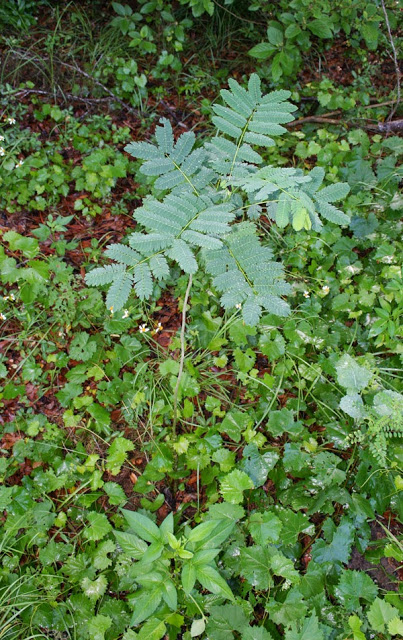

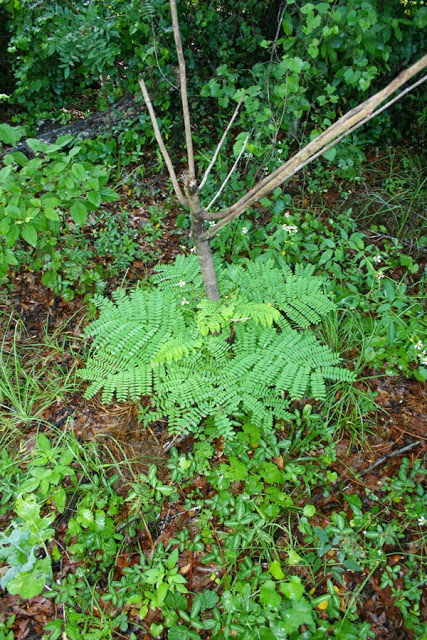

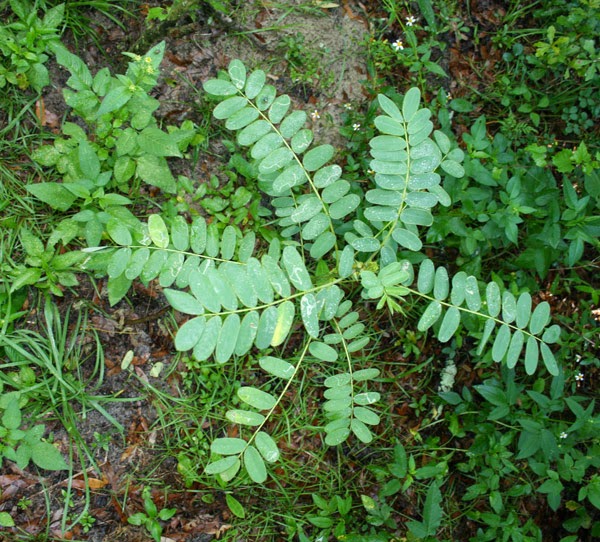
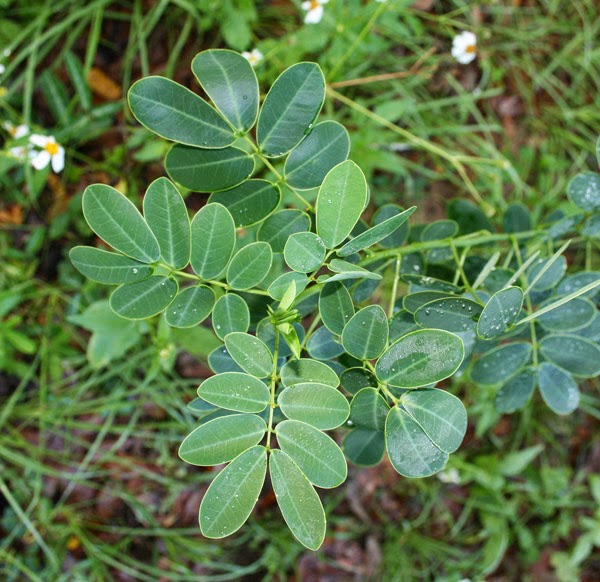

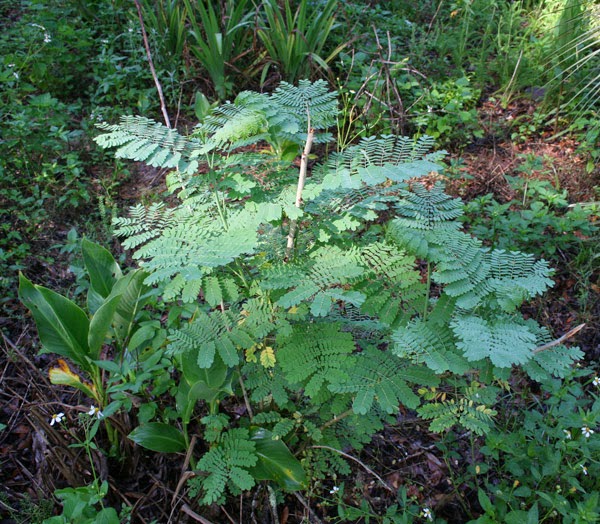
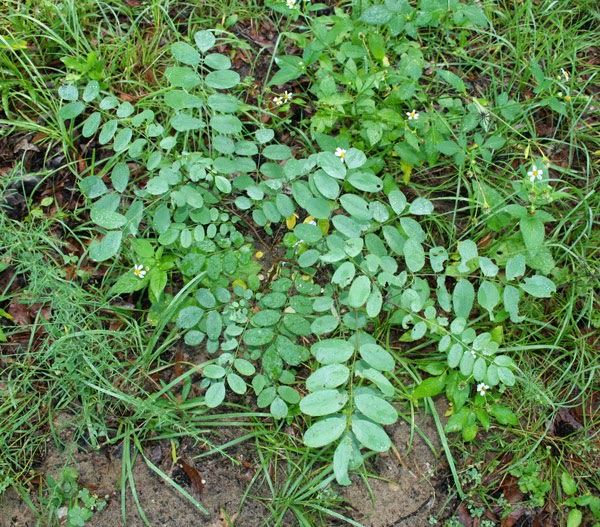
16 comments
Great info… as usual… great way to start the day…. Please , when will the paper copy of your new book be available????
thanks again,
Keith
Thank you.
My publisher is working on the print edition. Most likely a few months from now.
Yes, I am technologically challenged! I would read a book though.
Is there any edible perennials like pigeon peas that you can recommend for nitrogen fixers? I'm sure there must be more perennial bushes and such out there.
I'm glad you posted this when you did. I was actually going to ask you about recommended nitrogen fixers to add to the food forest. And I second edible perennials! What about the goumi? I hope you don't mind I shared this post to my permaculture group's FB page.
Don't mind at all – I appreciate the traffic! Share everywhere.
Goumis are nitrogen fixers but their growth for me has been quite slow and their yields minimal. Worth experimenting with but not as good a soil-builder in my book.
Another nitrogen fixing edible bush I found while researching is Siberian peashrub but unfortunately I'm outside of its recommended growth zones.
Might be worth trying anyhow.
@ Derek the Grower & Ian R
Autumn olives have grown vigorously for me – they're a minor edible. Another one that is edible and fixes nitrogen is mesquite; however, I'm not sure how they'd do here. Most of the good nitrogen-fixing edibles for here seem to be annuals: peanuts, lentils, chick peas, fava beans, black-eyed peas, etc. Velvet beans are also a medicinal edible (in small quantities) that do really well.
The flowers on black locust are edible and excellent. They’re only tasty for a very few days before going bad.
Thank you – I appreciate the tip. Hadn’t seen that before.
[…] again and again for nitrogen-fixation and mulch. When I established my North Florida food forest, I skipped the nitrogen-fixer step, which I shouldn’t have done. This time they’re already there, so I’m going with […]
I did the same thing, planted a lot of things on pretty crappy soil. I had no idea about support plants until the last year or so. Currently experimenting with Wax Myrtle and Mimosa trees to use as chop and drop and nitrogen fixing. Trying near a few fruit trees each and will expand later, based on results.
Good work!
Hey David, CJ in Mims. I’m revisiting this old thread to get more N-fixer ideas. Not a tree, exactly, but I grow and sell Candlestick Cassia (cassia alata or senna alata) in my Mims nursery. Great pollinator attractor and butterfly host and good chop & drop – no thorns! They die back here most winters, but spring back with a vengeance, growing to 10-12′ in a season. I tell my nursery customers they’re going to die back anyway, so chop them to ground level before the 1st freeze and mulch those fruit trees. The strange, giant upright neon yellow flowers are beautiful and interesting. Easy transplanting, too, and fine in horrible soil. Welcome back to (almost) FLA, amigo!
[…] Albizia julibrissins (Mimosa tree) […]
Comments are closed.